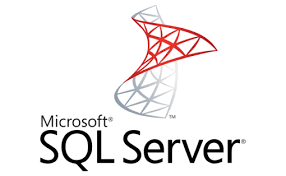
As the second most popular database in the market, SQL Server has numerous different versions that are designed to cater for different workloads.
Developed by Microsoft and implementing the Structured Query Language (SQL), the database comes as software, and is predominantly used for the storing and retrieving of data which has been requested by other software applications.
Several different versions of SQL Server exist, including a free version called SQL Server Express which is limited in size but provides a handy test environment for application development.
SQL Server 2005 is the oldest version but cumulative updates have stopped for it. Following that is SQL Server 2008 and SQL Server 2008 R2, like the 2005 version there are no more cumulative updates available.
The oldest version that still receives updates is SQL Server 2012, the most recent update was in May 2016. SQL Server 2014 was the newest version until SQL Server 2016 was released, and that was also updated in May 2016.
Microsoft recently released its latest version with SQL Server 2016. This version comes in four editions: Standard, Enterprise, Express, and Developer.

The company created the latest version to share a code base with Azure SQL, the cloud version of the database, so that new features can be quickly developed and tested in the cloud environment before being rolled out to the on-premises version.
New additions to SQL Server 2016 include a Stretch Database that extends from on-premises to the Azure cloud, without the need for coding.
Reporting has also been updated so that mobile reporting has been added, supporting iOS, Android, and Windows Phone, in addition to support for HTML5.
The company also increased security with the Always Encrypted feature that allows customers to encrypt data from the client to the server, while storing the keys on the client.
Addition features have enhanced auditing the database, troubleshooting, and tuning.







